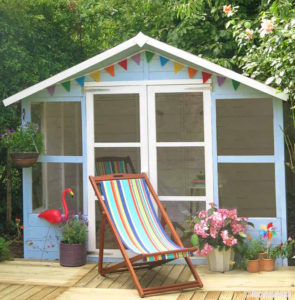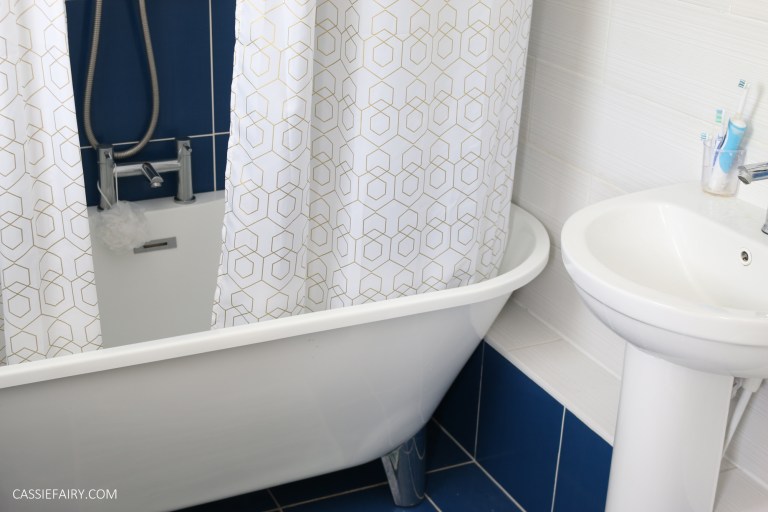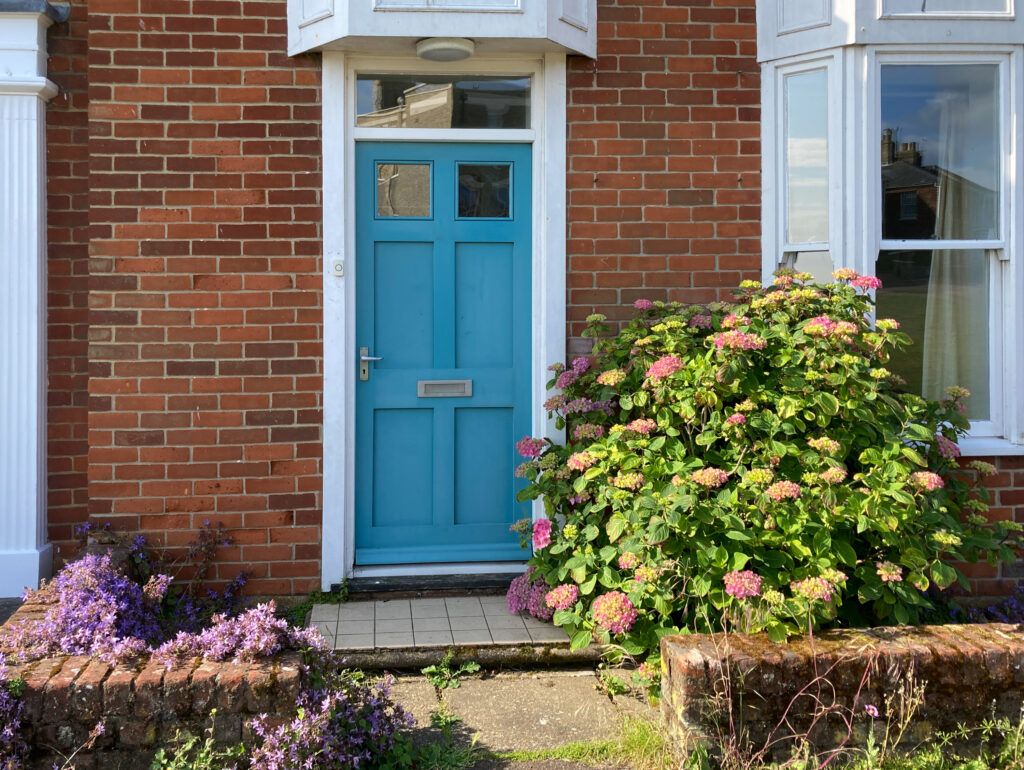
The excitement of buying a home might cloud your judgment. You’re eager to move somewhere new and start a different chapter in your life – or maybe you’re keen to buy a second home and use it as a rental property. In any scenario, you can’t let the excitement get in the way and force you into a bad decision.
If you’re not careful, you’ll end up with a money pit. We don’t want this to happen so let’s look at how to avoid buying a money pit at all costs!
What is a Money Pit?
The Cambridge Dictionary defines a money pit as:
“Something on which you keep having to spend a lot of money, especially when it may become a waste of money.”
A whole tirade of things can be classed as a money pit, but in the house-buying sense, we’re talking about properties that end up costing far more than you bargained for. You buy a house and then end up spending a fortune on little things here and there.
Wait a minute, how is this different from a fixer-upper?

Excellent question! A fixer-upper may sound like a money pit as the idea is to keep spending money on renovations. The difference is that you’re making thrifty renovations that add value to the home. All the money you invest in your home becomes worth it as you’re raising its sale price and making it more valuable on the market.
A money pit is a home that doesn’t see significant growth in market value despite all the cash you spend on it. You’ll also buy a money pit if you purchase a house and discover it has countless repairs that can’t be fixed.
All in all, you’re in a situation where you’ve spent hundreds of thousands of pounds on a property and stand to gain very little in return. Money keeps leaving your account to sort issues out and it gets to the point where you have to cut your losses and sell.
How Can I Avoid Buying a Money Pit?
If it wasn’t already clear, it should now be very clear why avoiding a money pit is essential. Nobody wants to waste money – especially in this day and age when the financial state of the world hangs finely in the balance.
Thankfully, money pits are not too difficult to spot when you take the right precautions. Look, we all wish we could zoom through the house-buying process and purchase a new property within a few days or weeks. That’s not how things work; unless you’re willing to take risks and potentially buy a money pit.
Rather than putting yourself through the stress of dealing with a money pit, here are some things to do or look out for to avoid being stuck with a house that leaks money:
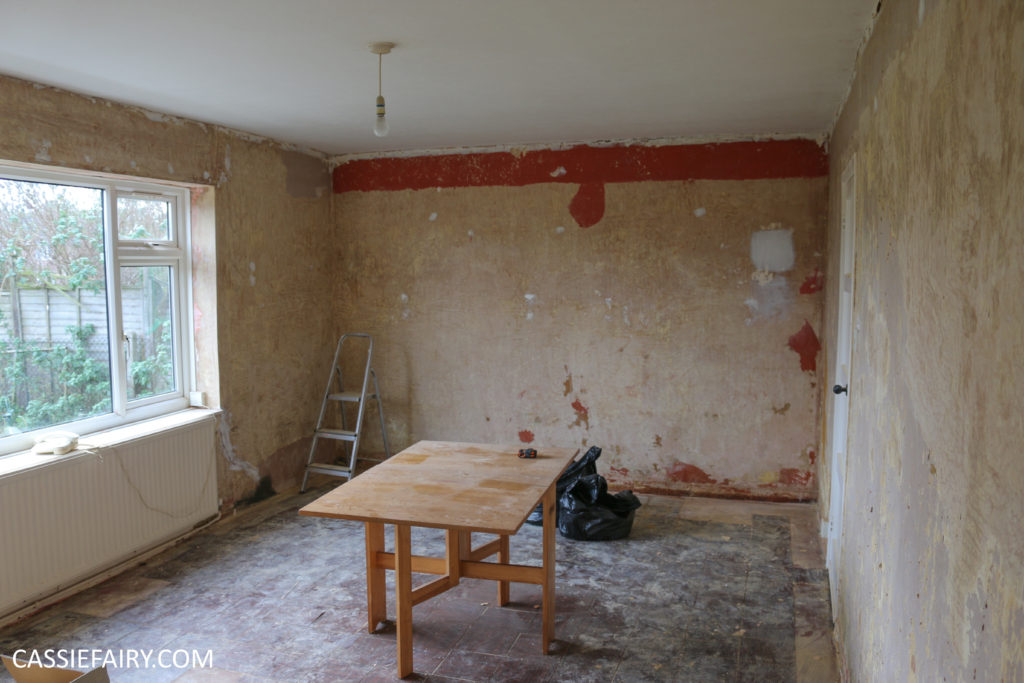
Get a proper roof survey
The roof is usually a top place for money pits to form. A bunch of things can cause big financial problems here, such as:
- Severe structural damage to the roof
- Water leaks in the roof
- Specific roof materials
That’s why you need a proper roof survey from a professional to assess the state of the roof. You need to know that the roof is safe, doesn’t have any significant problems and is easy to maintain.
The last point is a seriously critical one. Some roofing materials aren’t widely used anymore, so it will cost a fortune to maintain that roof type or replace it in the future. Thatched roofs are particularly bad in this regard; they’ll set you back tens of thousands when you need to replace them or repair parts. Get the survey and be sure the surveyor is happy with what they see.
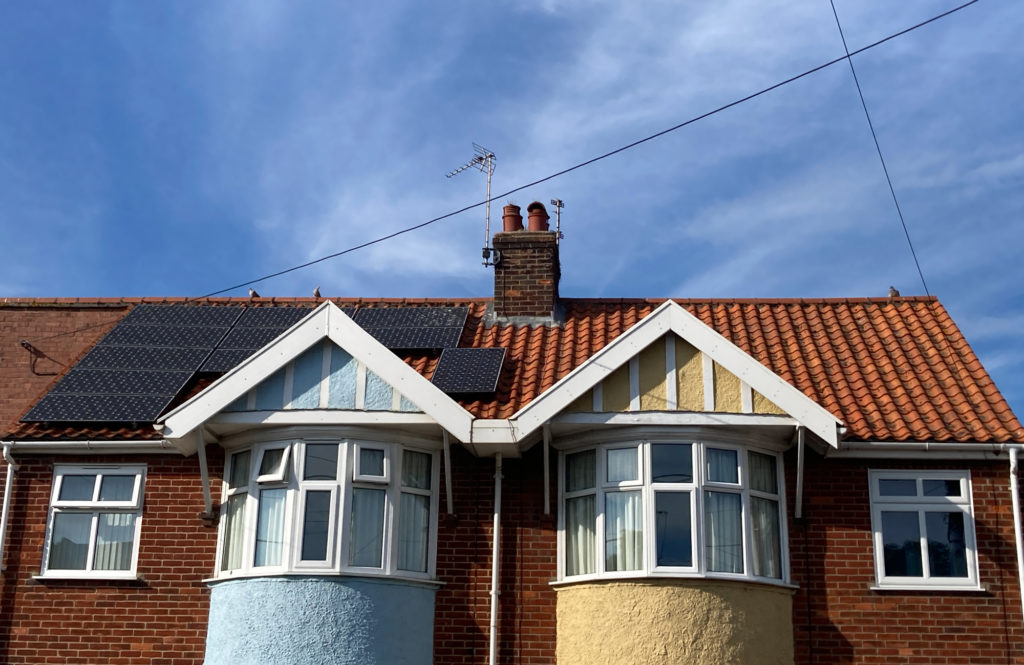
Inspect the insulation
Next, turn your attention to the insulation throughout the house. This is one of those hidden things that might come back to haunt you. Your biggest concern is spray foam insulation; it can devalue a property and create some health problems. Plenty of lenders will refuse to give you a mortgage for a house with spray foam insulation – and some home insurance providers will also refuse to give you a quote.
The ideal situation is to find a house with quality insulation that doesn’t need to be replaced. If it does need replacing, it should be easy and affordable to do. Look for things like Recticel insulation boards as they’re highly cost-effective, simple to install and last for ages. If a home already has them, then you’re onto a winner.
Conduct a thorough damp/mould check
Why should I do a damp/mould check before buying a house? Damp and mould are big warning signs. You can get rid of them, but they may have already done untold damage to a property. When damp turns into mould it eats away at structures. This can mean important wooden beams are rotten and there’s a genuine possibility the house will collapse within a few years unless the situation is fixed.
According to Checkatrade, mould removal on its own can cost around £1,200. That doesn’t take into account all the restoration jobs that may be required after the mould is gone. Serious mould and damp problems will cost thousands more – and there’s always the worry that they’ll come back. If you can’t identify the source of the issue, who’s to say you won’t have a lifetime of mould removal jobs on your hands?!
Always check for mould and dampness and get expert opinions on the state of it. A small bit here and there isn’t an issue; particularly if it’s only damaging on an aesthetic level. It can be cleaned away and the home won’t face further problems. When the mould runs deep, that’s when it’s a good idea to avoid the property as it might draw you into a money pit.
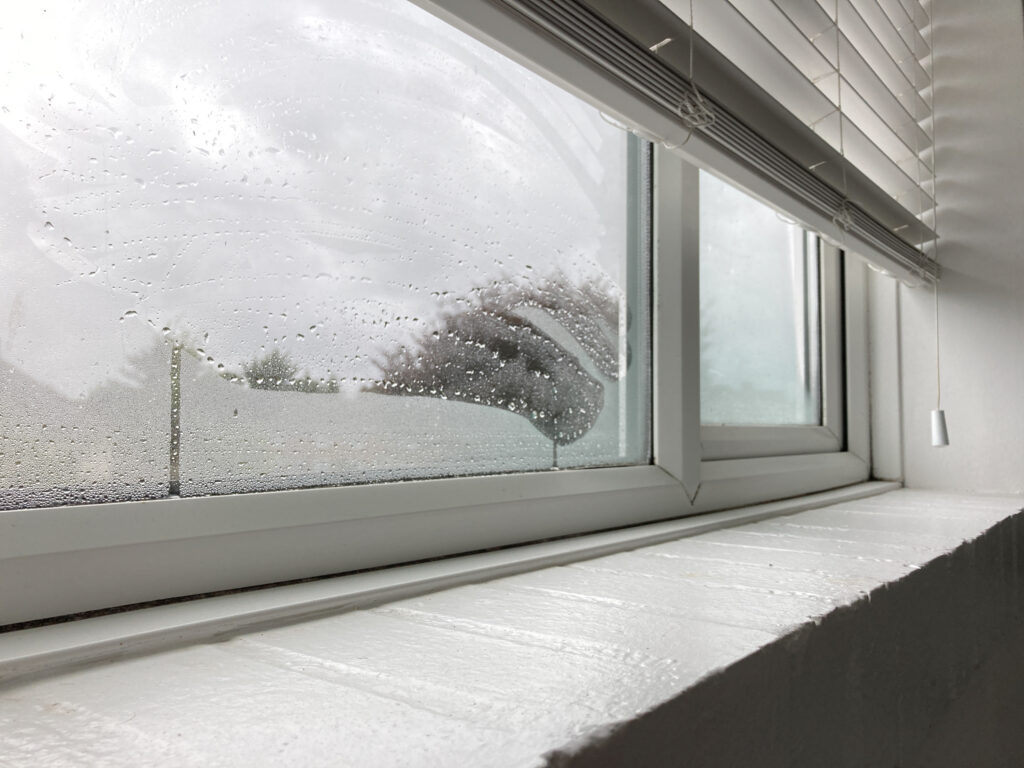
Get full details on the plumbing and electrical systems
If you’re buying a modern house that’s been built within the last 10 or 20 years, there shouldn’t be severe problems with the plumbing or electrical systems. They should be built to modern-day technical specifications, so there won’t be issues relating to the materials used during installation.
However, older homes could have serious problems that cost a fortune to fix. The plumbing might be made with galvanised steel pipes, which were hugely popular decades ago. Now, we don’t use this material as sediment is known to build up in them and cause leaks/corrosion.
The same goes for the electrics; older systems might use things like aluminium wiring, which is now a known fire hazard. Fail to spot things like this while looking at the house and you’ll need to replace the entire system when you move in.
Who knows how much this will cost – let alone the disruption it will cause throughout your property. If you need to remove and re-install the entire plumbing and electrical systems, you may as well build a house from scratch – or buy a brand-new one.

Call in professionals for advice/quotes
There’s every chance you’re looking at a house and it doesn’t have the problems listed above. Or, it has one or two of these issues, though they’re only minor. Does this automatically mean you’re inheriting a money pit? No!
A house can have loads of issues and not be a money pit – or it can have seemingly no glaring problems yet still leak money. It all comes down to how much you’ll need to spend on the home to get it to your desired state. As a result, you need to call in professionals for advice and quotes.
If you like the look of a house, but feel it needs extensive renovations, call in a home contractor to view it with you. Walk them around the house and explain your plans. They can see the state of the property and provide advice on the best ways to make your dreams a reality. They’ll also give you a rough ballpark for how much the renovations cost. In some cases, they may look at a home and tell you straight-up that it’s not worth buying. Too much work is required and you’ll fall deep into a money pit.
On the other hand, their advice could tell you that it’s worth purchasing a home as the financial investments will be worth it in the long run. Either way, you avoid a money pit!

The Importance of Avoiding a Money Pit
We’ll finish this post by talking about the importance of avoiding a money pit. The obvious consideration is that you don’t want to waste money. A money pit can drain your finances and make you lose a huge chunk of your savings.
Nobody wants that – not to mention the stress that comes with handling a money pit. It’s not something you need in your life, nor is it something your family needs. Imagine trying to move your young family into a home yet dealing with constant renovations and expenses. It’s not ideal at all!
Overall, be sure to use the tips in this post to stay well clear of any hidden money pits when buying a new home. And let me know if you have any other ideas for things to check when purchasing a property, it would be helpful to hear about your home-buying experiences in the comments below. Thanks!

This blog post is an advertisement feature that has been written in collaboration with a sponsor. The pink links in this post indicate a sponsored link 🙂









